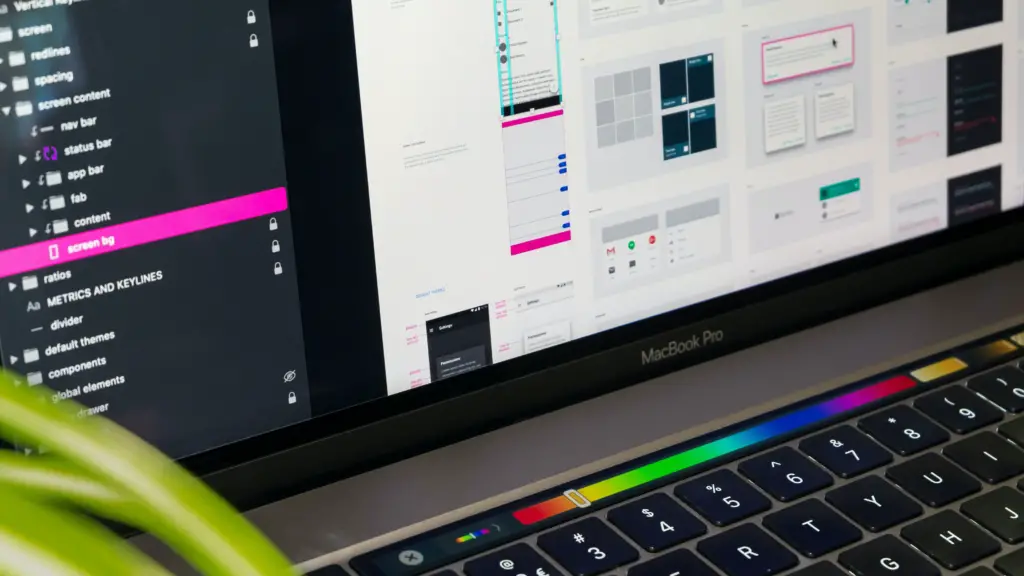Document translation is crucial for a lot of businesses and organizations. When clients send documents for translation, they want the job done as quickly as possible. Besides the speed, you need to translate documents following exact standards. Using cheap translation won’t do it, and it won’t make your process easier.

If you struggle to translate a document, increase the speed of translation and reduce costs, here are five tips to help simplify this process without breaking your budget.
For complex or sensitive content, using professional legal document translation services ensures accuracy and compliance with regional laws and regulations.
Don’t forget about maintaining documentation

When it comes to the assets of running a business, your data is by far the most useful. Entrepreneurs rely on data to make necessary decisions, and the marketing department relies on valuable information for evaluating product success. You need all your data in one place to make your job easier.
With documentation tools, your information is safe and you can access it from multiple devices. These innovative platforms manage your documentation without the chance of your data getting lost or unavailable.
Here are some benefits of using documentation tools for managing your documentation:
- Enhanced security
- Automated workflow
- Improved backup and recovery
- Easier retrieval
Your biggest concern when running a business should be the security of your data. Security has become very challenging, with cyber insecurity rising in the past few years, but relying on manual documentation is also easily accessible and maybe even less secure.
A reliable documentation platform ensures improved safety and security and gives you better communication lines. With automated workflow, you’ll manage your daily projects faster and save time and money.
Documentation tools can keep you safe from losing revenue due to insufficient data and enhance your backup and recovery process. If you lose all the data, which can happen sometimes, you’ll be able to retrieve it in less than an hour.
Use simple language
If you know that document you’re working on will be translated, keep the language as simple as possible. You can start by avoiding complicated sentences, humor, and jargon. Of course, when it comes to legal documents, industry-specific jargon is a must, and marketing documents may have to consist of some kind of humor and wordplay.
Professional translators will ensure that your documents are understood and leave a good impression on the readers.
It’s not always possible to simplify the language you are using, but it helps to keep the structure of a sentence simple. Use clear, concise language whenever possible.
Make an easily adaptable design

Having an easily adaptable, uncomplicated layout to start with will help finish the document quickly. When designing your document layout, we suggest you keep it simple.
When translating to other languages, the text expands or contracts by fifteen to thirty percent. For example, Spanish text takes up more space than Japanese and Korean. However, Japanese and Korean often require more vertical space.
The document has to be optimally spaced, clear, and easily readable in any language. Also, you need to consider that Arabic and Hebrew read from right to left. Keeping your design simple will minimize the amount of post-translation redesigning.
You want a clean layout and enough white space that allows text expansion and contraction without constant manual adjusting. With a design like that, no matter what language pair you get, the translated version will look as good as the original.
Create a style guide
It takes work and effort to create a style guide for your documents, but it will pay off in the end. An efficient style guide reduces the guesswork by keeping your translated documents consistent. A style guide helps you get all the resources you need to get the translation right, meaning you will save time and money by not having to fix mistakes.
A style guide can be nothing but a simple document that presents your brand across the media, referencing things like vocabulary, grammar, word usage, and the tone of your translations. It ensures consistency and shows you are qualified for the work.
You need to provide your translators with a reference they can use when creating documents. Technology helps to increase your team’s productivity. That is how you get everyone to speak your business’s language. A faster translation time and less guesswork will give you more profit and return clients.
Pick an expert translation team
Lastly, the most important tip is to be careful when choosing the translation team in the first place. Your future team has to maintain a reputation for quality work, be an expert in your industry, and provide your clients with excellent customer service. An ideal translation team has the wisdom of experience and the strength to overcome any challenge.
If necessary, your team will hire additional specialist translators and have their in-house design services to ensure your documents look as professional in translated language as they do in the source language. Consider hiring professional Spanish interpreter and translation services.
Final thoughts
Your documents have to contain a degree of the standard language to maintain your brand’s consistency. A style guide can help you build your voice, and using clean, simple language will help avoid confusion.
While speed and price are essential for your business, when it comes to translation, it’s all about the language. If you rely solely on machine translation, you risk creating confusion. So, consider hiring professional translators to assist with machine translation post-editing or the entire translation process.










